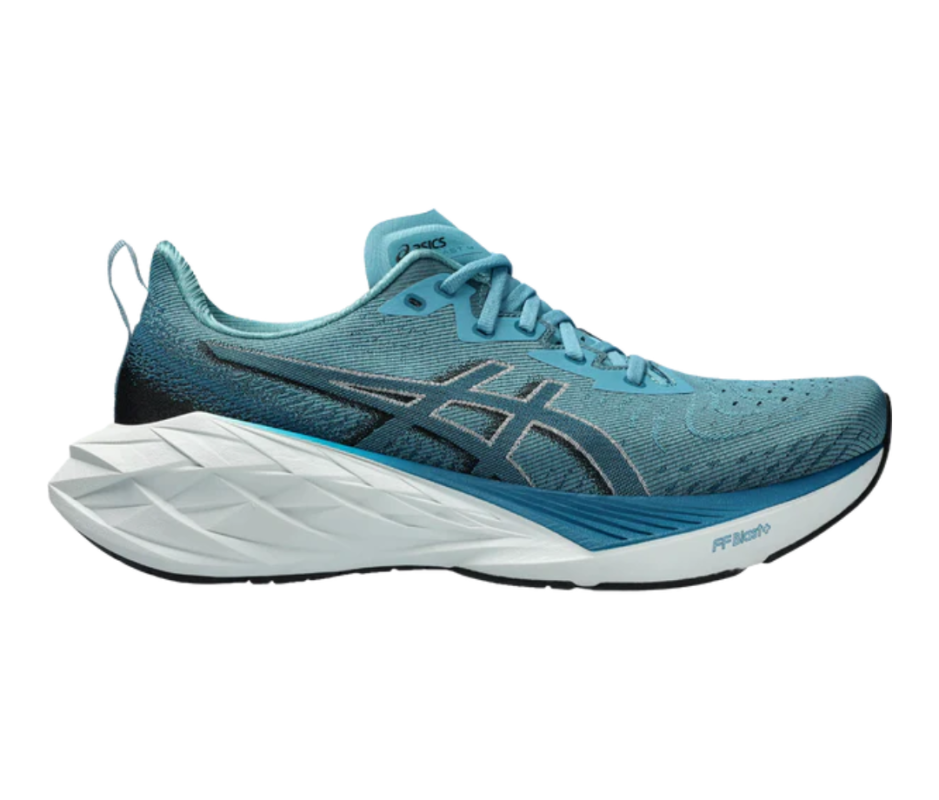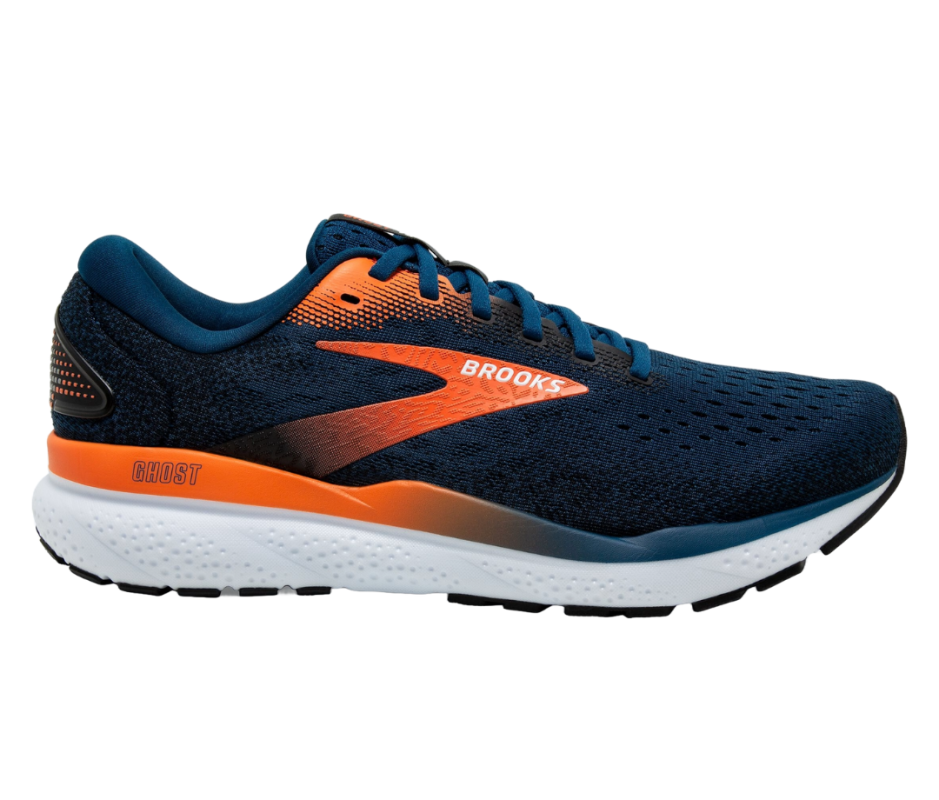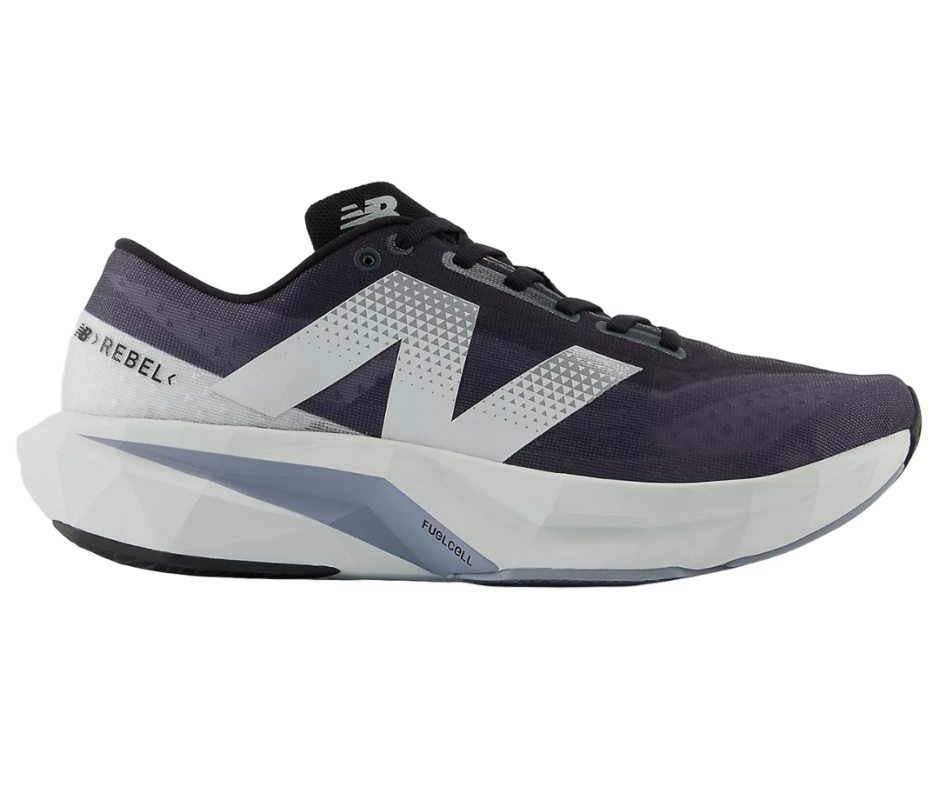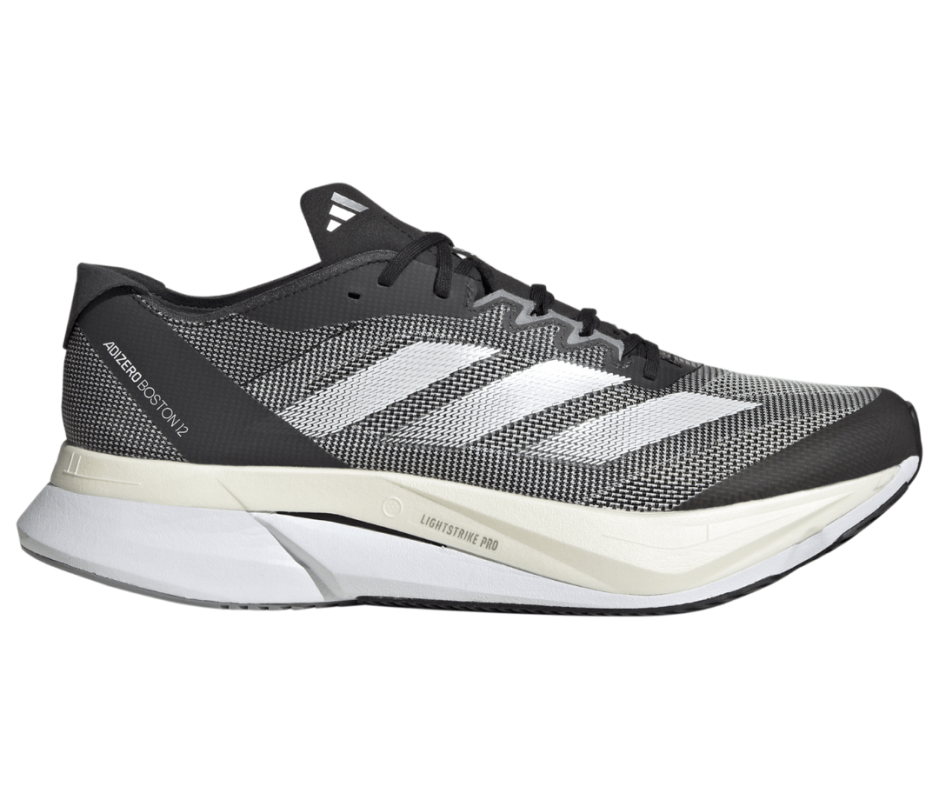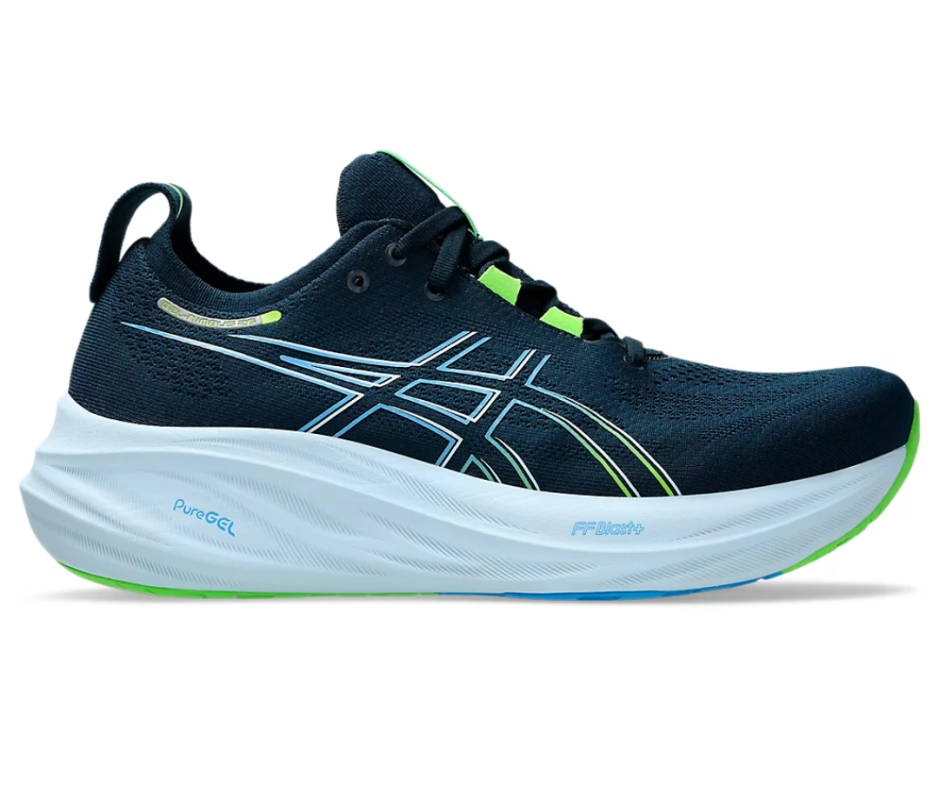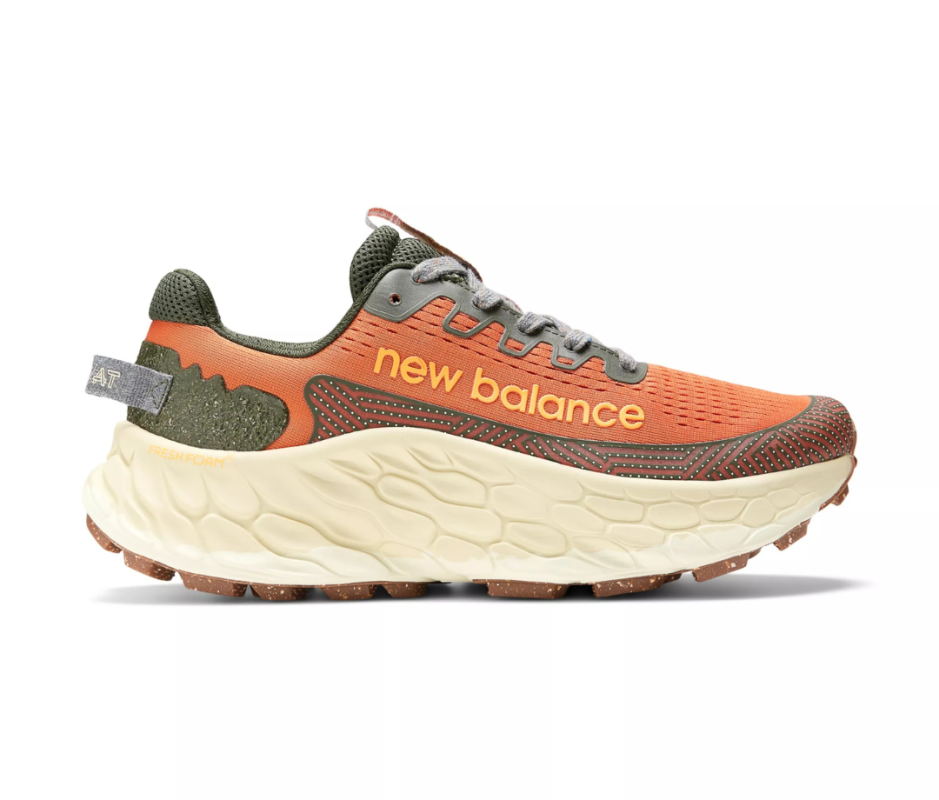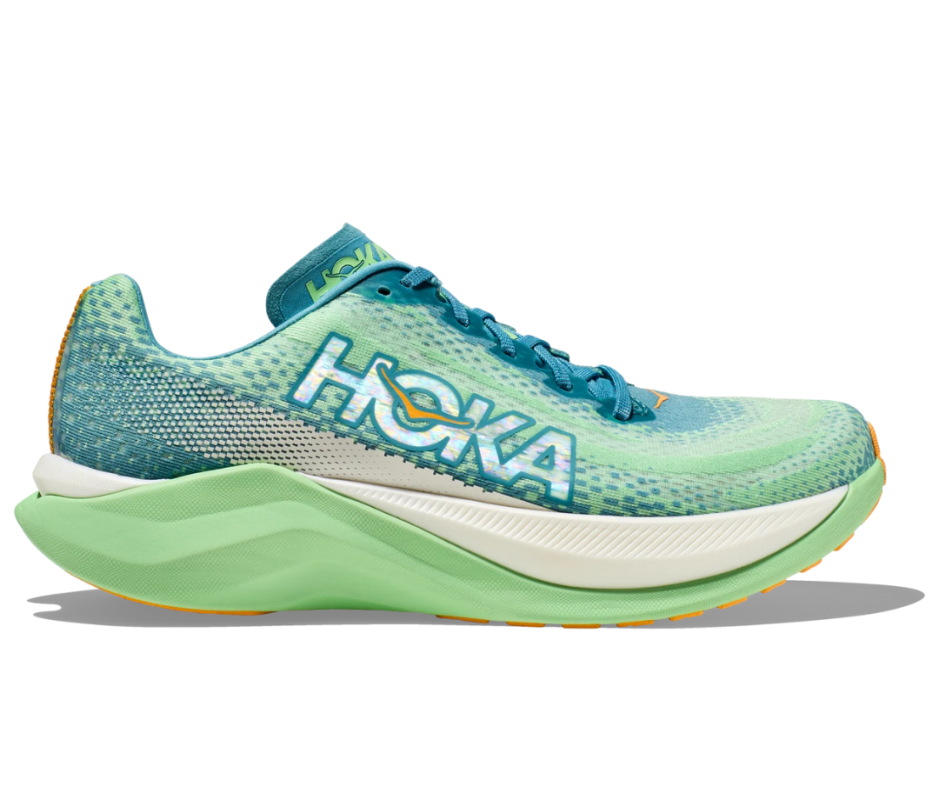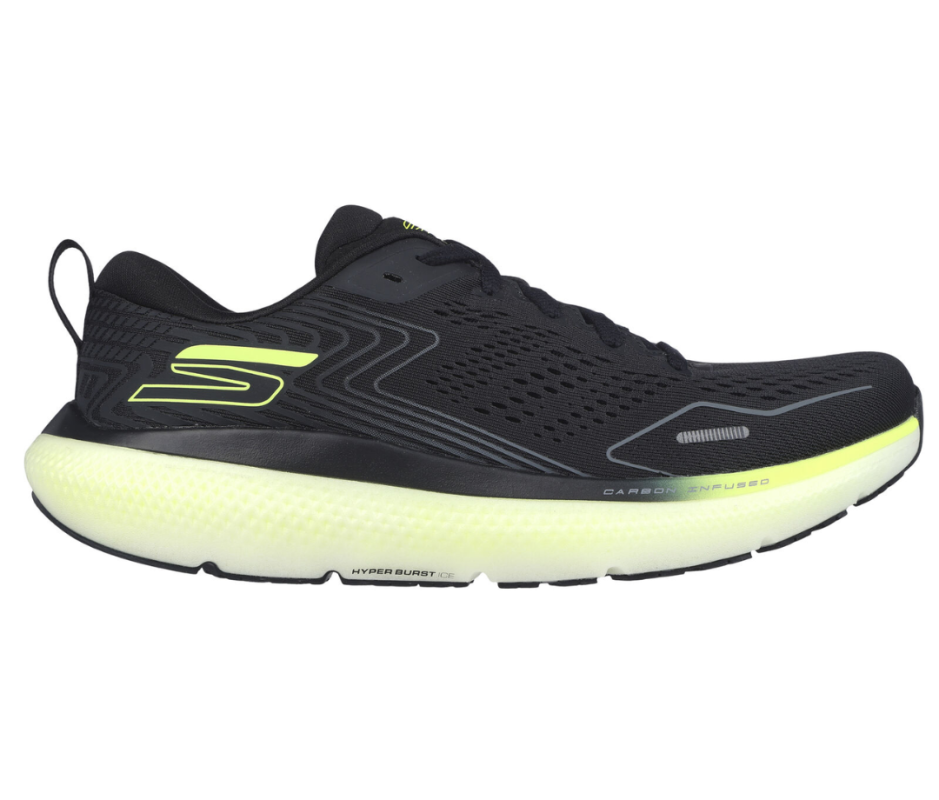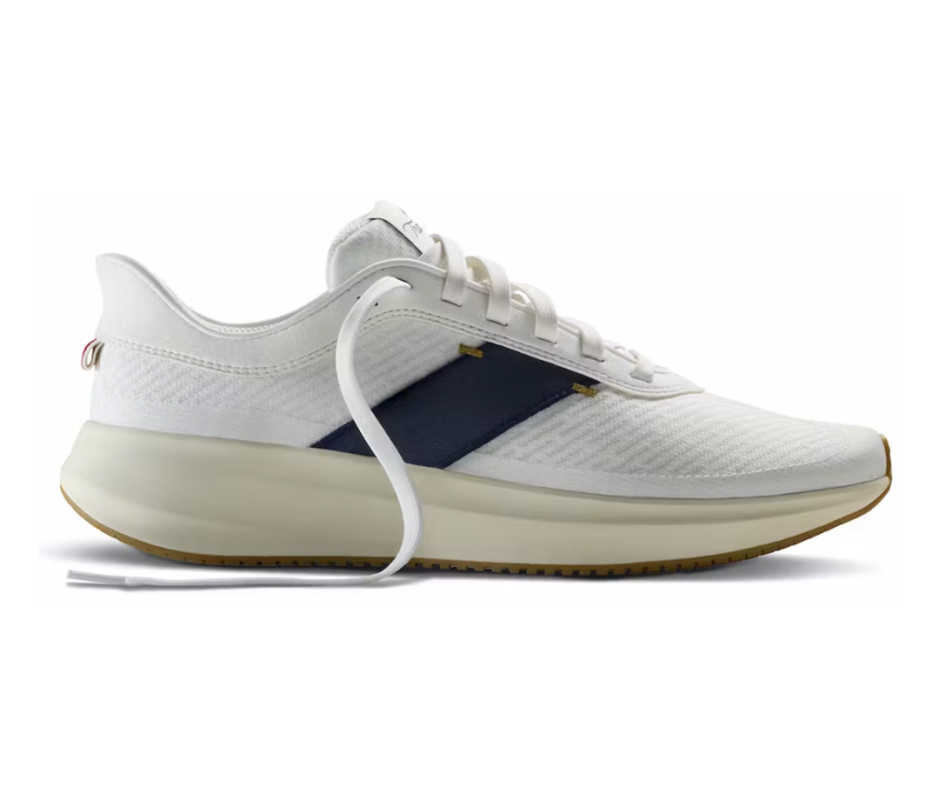We Tested Dozens of Running Shoes. These Comfy Pairs Help Beat Shin Splints
[ad_1]
Men’s Journal aims to feature only the best products and services. If you buy something via one of our links, we may earn a commission.
Shin splints are a high barrier to running. New or returning runners will start, only for that dreaded, nagging pain in their lower legs to halt their progress. I’ve been there—calf and shin pain are the factors that most often prevent me from logging more mileage.
I asked Dylan Sykes, D.P.T. and 2:25 marathoner, about the best running shoes to prevent shin splints.
“I’d be happy to help, but you might not like my answers,” he initially responded.
When we got to the nitty-gritty, he explained: Shin splints aren’t a result of shoe choice—though that can help or hurt—but rather a result of “too much, too soon.”
The intense shin pain you experience during or after running, Sykes added, is due to some weakness found in your leg, ankle, or foot. For most, this is simply a result of starting to run after a long break, or drastically increasing your running over a short time. The shin splints flare up and deliver sharp, consistent aches where your muscles and shin bone meet.
Again, running shoes alone can’t prevent shin splints. But here’s the good news: They can help alleviate shooting pain and discomfort. We rounded up a list of the best running shoes for those struggling with shin splints, including our best overall pick, Asics NovaBlast 4, a comfortable and versatile trainer at a great price.
Related: We Tested Dozens of Running Shoes. These Are the Best for Any Kind of Run
Best Overall Running Shoe for Shin Splints: Asics NovaBlast 4
Courtesy Image
If you only have the budget for one running shoe, I recommend the Asics NovaBlast 4 above all else. For $140, it’s an approachable, high-performance cushioned shoe that’s great for new and returning runners alike. The excellent FF Blast+ foam isn’t overly soft or plodding either; the midsole provides a perfect blend of comfort and response. At 9.2 ounces, it’s lightweight for a daily trainer, and the refined upper, while a bit less breathable than the outgoing version, is supremely comfortable and locks your foot in place. The 8mm heel-toe drop is also easy on the lower legs. Some trainers don’t offer much versatility, but the NovaBlast 4 helps you safely begin or accelerate serious running and reliably hit goals as you grow stronger.
Weight: 9.2 ounces
Heel-Toe Drop: 8mm
Pros:
- Responsive
- Extremely comfortable underfoot
- Transitions smoothly during stride
- Locked-in fit
Cons:
- Upper not as breathable as other options on this list
Best for New Runners with Shin Splints: Brooks Ghost 16
Courtesy Image
The Brooks Ghost 16 is an improvement over an already well-loved shoe. DNA Loft v3 foam is lighter and bouncier, which takes this classic neutral running shoe to a new level. The 12mm heel-toe drop is the largest on this list, and while that isn’t for everyone, whenever I ever experience calf or lower-leg pain, I tend to gravitate toward higher drops to avoid overworking my Achilles and shins. Indeed, if you are a heavier runner or land with a lot of heel impact, the Ghost 16 is ideal. Bonus: Brooks uppers and outsoles are always reliable.
Weight: 9.5 ounces
Heel-Toe Drop: 12mm
Pros:
- Comfortable, reliable, and long-lasting
- Works for a huge cross section of runners
- Available in a variety of widths and colorways
Cons:
- High heel-toe drop not for everyone
Most Versatile Running Shoe for Shin Splints: New Balance FuelCell Rebel v4
Courtesy Image
The New Balance Fuel Cell Rebel v4 is a beast of a trainer because of its versatility. Speedwork? These shoes can bolt. Distance? They’re mercifully comfortable. At 7.5 ounces, they’re some of the lightest trainers you’ll find, yet durable and robust enough for all runs. And for folks who don’t want the higher 8mm or 10mm drop, the Rebel’s 6mm drop is a sweet spot. If you want one shoe for all your training runs and races, the Rebel is a top option. That said, I noticed some heel slippage, as the counter isn’t very cushioned or well-fitting.
Weight: 7.5 ounces
Heel-Toe Drop: 6mm
Pros:
- Versatile
- Light and fun
- Cushioned and durable
Cons:
- Some heel slippage
- Heel counter not very comfortable
Best Racing Shoe for Shin Splints: Adidas Adios Boston 12
Courtesy Image
Most runners don’t need a super shoe to race well, and often the minimal, rigid construction of the top racers aren’t comfortable or practical for the average runner. So the Adidas Adios Boston 12 is great for runners seeking a capable, accessible racing shoe. More of a super trainer, the Boston 12 features Adidas’ capable EnergyRods system, which functions like a carbon plate but is fingered for more pliability and foot conformation. The cushion is comfortable enough for long runs, yet bouncy enough that it returns energy even late in the effort. At 9.2 ounces, these shoes may be slightly heavier than the top racers, but they feel vastly better. There could be a bit more structure in the heel and tongue to make the shoe fit more closely. But for $160, you save roughly $100 over high-end racing shoes.
Weight: 9.2 ounces
Heel-Toe Drop: 7mm
Pros:
- Super-shoe features at a lower cost
- Fun, springy ride
- Accommodating, accessible cushion
- Breathable upper
Cons:
- Flimsy heel counter
- Poor tongue and lacing system
- Heavier than top racers
More Running Shoes That Help Alleviate Shin Splints
Best for Bigger Runners With Shin Splints: Asics Gel-Nimbus 26
Max-cushion shoes are sometimes squishy and unresponsive. And sure, Asics Gel cushioning has a solid rep for comfort. But the foam in the Gel-Nimbus 26 is especially responsive, and the stable, plush bed of cushioning makes it an excellent shoe for bigger, heavier runners. When shin splints happen because parts of the ankle, leg, or foot complex aren’t strong enough, runners who carry a bit of extra weight are at increased risk for overworking their muscles. The combination of a soft, stretchy upper, durable outsole, and fantastic midsole comfort eases the impact of running, making the Gel-Nimbus 26 a trusty shoe for gradually increasing mileage.
Weight: 10.7 ounces
Heel-Toe Drop: 8mm
Pros:
- Plush heel cushioning
- Comfortable, stretchy sock-like liner
- Soft, bouncy foam
- Comes in a variety of widths, colorways, and outsoles
Cons:
- Not good for the most speedy runs
- Expensive compared to other Asics
Best Max-Cushion Trail Shoe for Runners With Shin Splints: New Balance More Trail v3
My go-to trail shoe for easy days and recovery runs is the New Balance More Trail v3. These max-stack trail trainers seem like they would be cumbersome to run in, at least based on appearance. But actually, they’re surprisingly stable and snug. The More Trail v3 has plush foam that is soft and supportive to help cushion any sore spots from rocks or gravel. The Vibram treads on the outsole are aggressive and grippy. My only qualm is that these aren’t the most versatile trail shoes, since while you can log long trail miles, they can’t handle aggressive ascents, descents, or short and fast efforts.
Weight: 11.4 ounces
Heel-Toe Drop: 4mm
Pros:
- Plush and comfortable
- Flexible midsole
- Grippy Vibram lugs
- Available in three widths
- Super stable on trails
Cons:
- Not great for speedy trail runs
- Heavy
- Naturally wide
Best Fast Running Shoe for Shin Splints: Hoka Mach X
When it comes to faster efforts, no shoe has come off my shelf more recently than the Hoka Mach X. In fact, these shoes are more comfortable when you are running fast. My feet felt light and springy off the ground, and I had some of my best speed workouts in these. At 9.2 ounces, they’re lightweight but robust, and the fit is spacious and accommodating. There’s enough outsole rubber for solid durability. At first, the somewhat stretchy laces struck me as a bit odd, but after running fast in these, I found I can really cinch them down without risk of hotspots, as they flex and stretch when sprinting. If you’re looking to mix speed back into your expanding running program, the Mach X makes a great partner.
Weight: 9.4 ounces
Heel-Toe Drop: 5mm
Pros:
- Bouncy and supple
- Comfortable and breathable upper
- Can work for races
Cons:
- Not as comfortable on slow runs
Most Comfy Running Shoe for Shin Splints: Skechers GoRun Ride 11
The Skechers GoRun Ride 11s is seriously fun to run in for a max-cushion trainer. The midsole foam beautifully blends softness and bounce. This stack is less than the GoRun Max lineup, but equally comfortable, making for a more versatile shoe, though it’s a little heavier than I’d like. The upper is made of breathable mesh and conforms well to a variety of foot shapes. And the Michelin outsole is tacky and durable. Best of all, at $120, the GoRun Ride 11 is one of the best value shoes, period.
Weight: 10.2 ounces
Heel-Toe Drop: 6mm
Pros:
- Responsive and comfortable foam
- Tacky and durable Michelin outsole rubber
- Breathable upper
Cons:
- Heavy
- Not incredibly versatile
Best Shoe for Getting Back Into Running: Tracksmith Eliot Runner
The Tracksmith Eliot was a total dark-horse pick for this list, and it represents a really great niche in the sport of running. The truth is that running and staying consistent are hard. Tracksmith’s shoe is a great option for folks who ran in high school or college and haven’t participated in the sport as much lately. Why? Because it shows off how far shoe technology has come in recent years. In a minimal, handsome silhouette, Tracksmith’s first foray into footwear packs a ton of performance. It’s plush with responsive transitions on every stride. The upper is pliable and breathable, the outsole is grippy and durable, and the ride is quick and comfortable. But the fit is rather long and narrow. That said, if you fit in this Tracksmith trainer, it’s an awesome option for those retuning to running.
Weight: 9.2 ounces
Heel-Toe Drop: 9mm
Pros:
- Responsive and comfortable
- Pliable and breathable upper
- Surprisingly durable and grippy outsole
- Versatile enough for most runs
Cons:
- Long and narrow fit
- Expensive
Related: We Tested Dozens of Running Jackets. These Are the Best for Any Kind of Weather
How We Chose the Best Running Shoes for Shin Splints
Though Sykes makes clear that shoe choice alone won’t fix your shin splints, he acknowledges it is important to find a shoe that feels comfortable. Two things to consider: Old, worn-down shoes aren’t going to help. And shoes with low heel-toe drops put a little more stress on the calf. Neither will necessarily give you shin splints, but fresh foam underfoot and a higher heel-toe drop, say 6mm or more, are a safer choice.
You’re guaranteed to run more miles if you’re healthy and feeling strong. Overdoing it as you start or get back into running is a recipe for shin splints. So, if you experience pain, back off and give your body rest. If pain persists for more than a week or two, Sykes says it might be time to consider seeing a physical therapist.
While there may not be one “right shoe,” there are plenty of wrong running shoes. Haven’t bought new running shoes since high school? It’s time for an upgrade. Trying to make sneakers or cross-trainers work? Get something designed for running.
Shoes that are excessively worn out or not engineered for running don’t help you avoid injury and, in many cases, cause injury. As important as it is to steadily increase your mileage and intensity, set yourself up for success with running shoes that feel right to you—and listen to your body along the way.
Why You Should Trust Me
I run a lot, for enjoyment rather than competition. And so my running shoe needs tend to be representative of a large group of runners. I run on all types of surfaces, from mountain trail runs to road runs, and I’ve experienced every ailment from shin splints to plantar fasciitis due to my high arches.
Over the past year, I ran hundreds of miles in nearly 100 pairs of running shoes spanning different brands. I’ve been testing many of these shoes since early 2023, and have had the opportunity to test older and newer versions side by side in some cases.
In addition to my individual testing, I worked with a team of Men’s Journal testers over a variety of reviews and gleaned insight from all types of runners, from heavier men looking for maximum support to elite, sub-four-minute milers.
Related: We Tested Every Hoka Running Shoe—These Are the Best
[ad_2]
Source link



